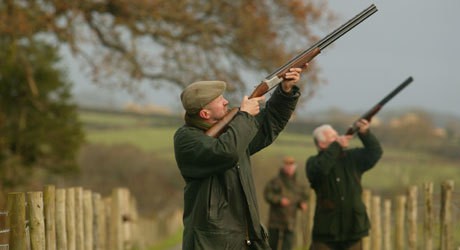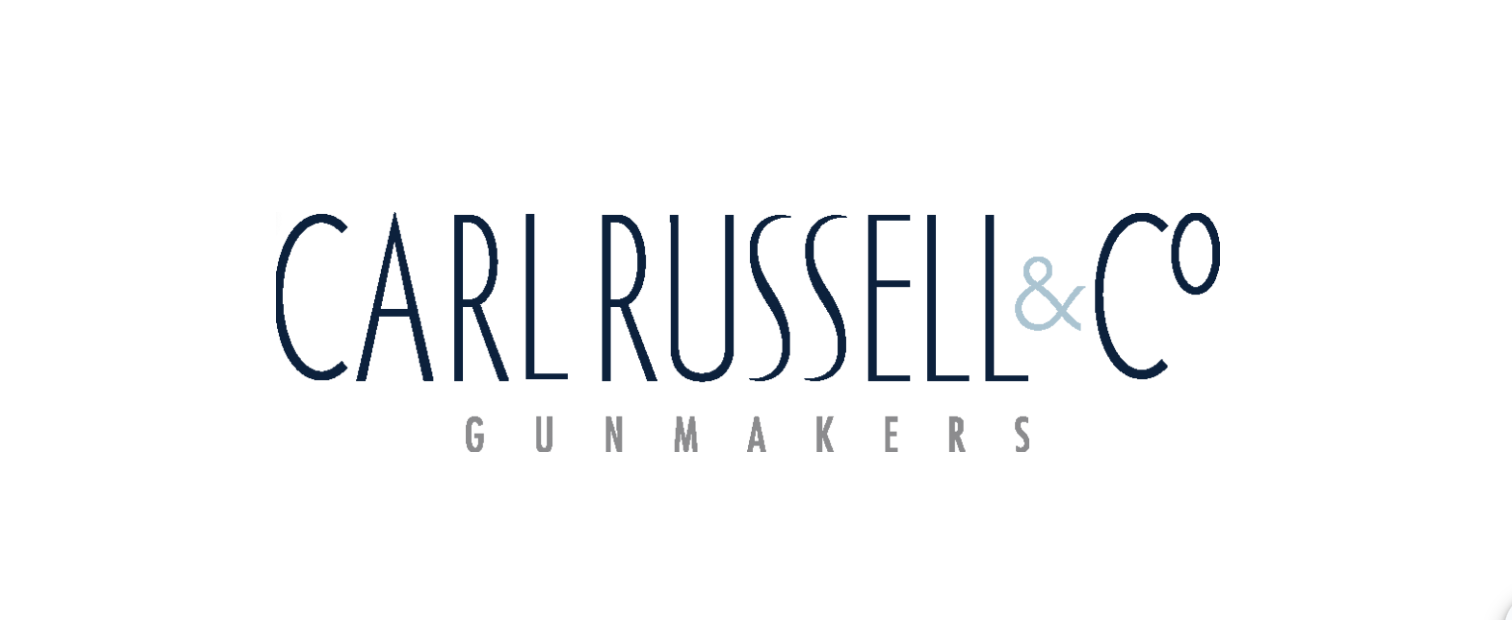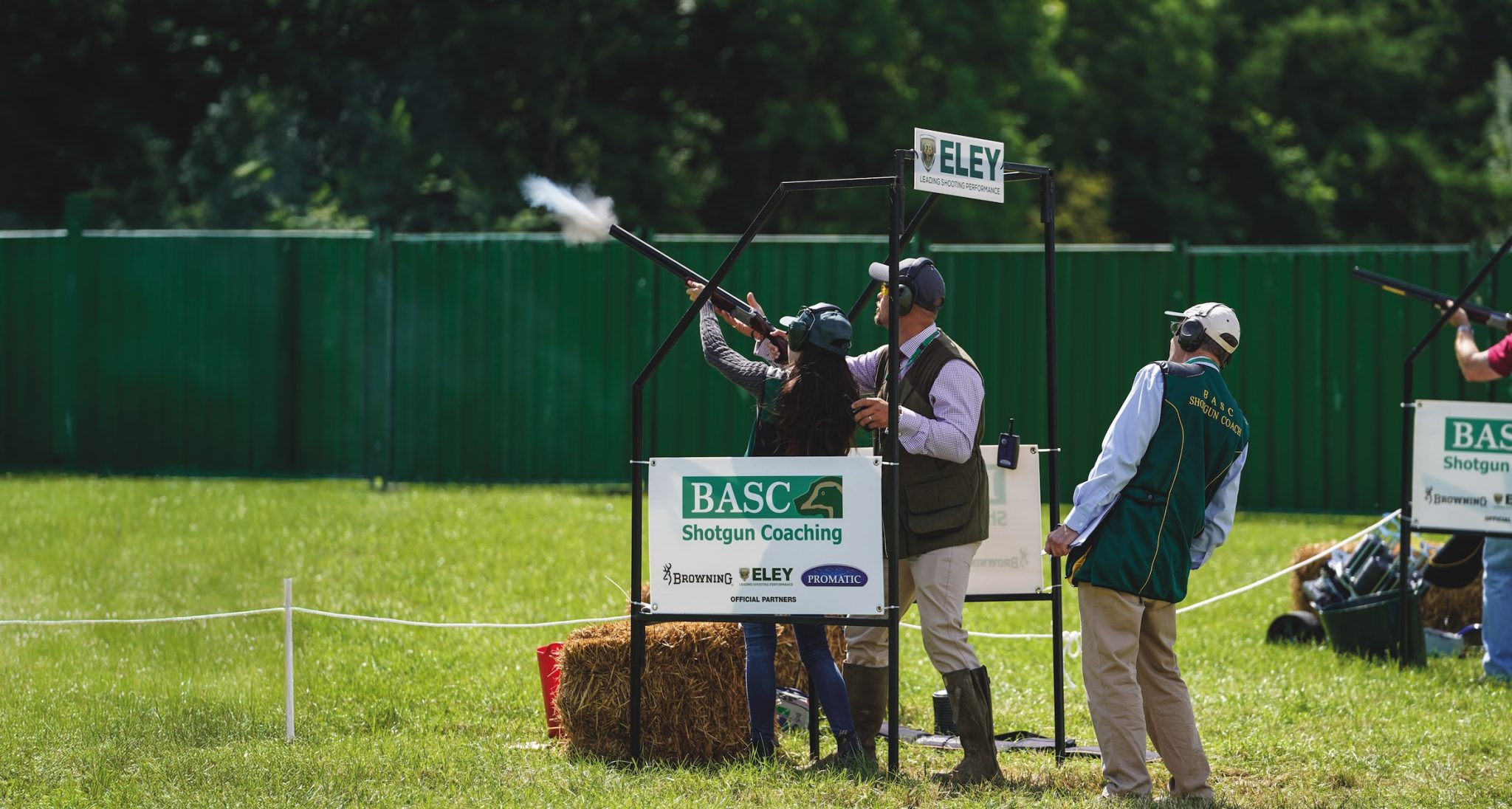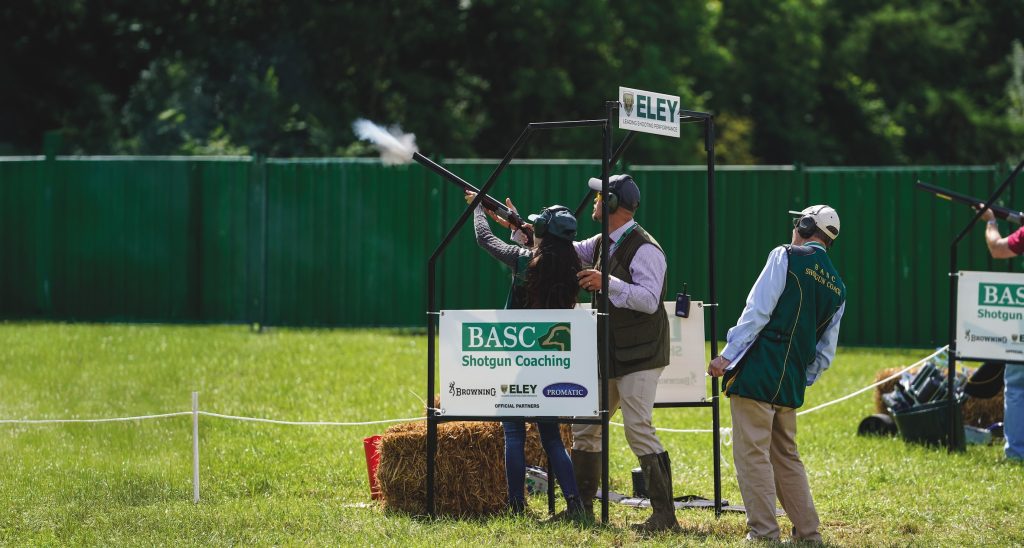News
Europe proposes we should all use 20.65mm shotguns
The European Union could see many of the established measurements abandoned, by law, after 2009
Would you like to speak to our readers? We offer sponsored articles and advertising to put you in front of our audience. Find out more.
The world of gunmaking is filled with systems of measurements, many of which (such as the nominal measurement of a shotgun?s bore size) date back several centuries, yet proposals within a consultation document from the European Union (EU) to standardise units of measurements across the community?s member states could see many of the established measurements abandoned, by law, after 2009. The UK?s Gun Trade Association (GTA) has reacted swiftly to highlight not just the international laws governing proof, but also the inherent safety threat any change could have.
EU derogations allowing individual member states to use ?supplementary indicators? (for example, non-metric units) cease in 2009. This has prompted the European Commission (EC) to issue a consultation on further standardisation of units of measurement. In January this year, the Department of Trade and Industry (DTI) issued a statement backing the continued use of supplementary indicators in the UK, principally for trade purposes with non-metric countries, such as the US.
Despite this support, David Delaney from the British Weights and Measures Association, which backs so-called ?metric martyrs?, told ST that the situation for shooting is serious: ?While the DTI has come out in support of maintaining supplementary indicators after 2009 [such as imperial units used in gunmaking] it is just one voice among a whole host of EU member states. This is a safety issue. We?re not opposed to metric measures ? we wouldn?t object to, say, a 9mm pistol. We simply wish to see both systems, metric and imperial, used in parallel and according to individual preference.
The two systems have worked together satisfactorily since 1895 on an entirely voluntary basis and we can see no reason to introduce one system on a compulsory basis with penalties for the use of another.? Mr Delaney pointed out just one example of potential conflict: ?If I was going to sell one of my guns,which are proof-marked with imperial measurements, that would contravene the law after 2009 wouldn?t it? Am I going to have to have it reproofed??
The GTA?s response to the consultation highlights many aspects of firearms and shotgun manufacture that would be affected. John Batley, director of the GTA, told ST: ?Our concern is over the lack of appreciation for an industry whose origins go back centuries. If measurements used are changed, there could be a real threat to public safety.
The EC has taken no account of the dangers it could cause by making purely arbitrary decisions. The potential for confusion among the public and the consequent threat cannot be understated. If this is brought in, you?ll get a cartridge box marked one way and a gun marked another. Imagine you are the proud owner of a 2½in chambered gun and your cartridge says ?suitable for guns chambered at 63.5mm?. Would you know it?s right straight away?
At the forefront of the GTA?s concern is the fact that the existing system using both metric and imperial measurements is standard in EU countries as well as the rest of the world. The GTA?s consultation response, whichwas prepared by firearms expert Colin Greenwood, forcefully makes the point that change would not be beneficial.
Among a number of examples highlighting possible confusion and danger, the GTA gives this example relating to popular .303 rifles: The .303 British cartridge was standard for the British army from 1888 to 1957. It was, and still is, extensively used as a sporting rifle cartridge. Despite its nominal calibre, the bullet is of 0.311in diameter. Metrication could result in a nominal calibre of 7.6962mm or a ?bullet size? calibre of 7.8994mm effectively either 7.69mm or 7.9mm. A vast number of other cartridges fall into this general calibre area and any new designation could cause dangerous confusion.
Related articles
News
Duke's Challenge raises record-breaking £685,000 for GWCT
The shooting community has backed wildlife conservation in spectacular fashion, raising a record-breaking £685,000 for GWCT
By Time Well Spent
News
‘So what exactly do you lot do, then?’
You’d be surprised how many projects staff and volunteers deliver, as well as BASC’s vital work helping members, says Conor O’Gorman
By Time Well Spent
Manage Consent
To provide the best experiences, we use technologies like cookies to store and/or access device information. Consenting to these technologies will allow us to process data such as browsing behavior or unique IDs on this site. Not consenting or withdrawing consent, may adversely affect certain features and functions.
Functional Always active
The technical storage or access is strictly necessary for the legitimate purpose of enabling the use of a specific service explicitly requested by the subscriber or user, or for the sole purpose of carrying out the transmission of a communication over an electronic communications network.
Preferences
The technical storage or access is necessary for the legitimate purpose of storing preferences that are not requested by the subscriber or user.
Statistics
The technical storage or access that is used exclusively for statistical purposes.
The technical storage or access that is used exclusively for anonymous statistical purposes. Without a subpoena, voluntary compliance on the part of your Internet Service Provider, or additional records from a third party, information stored or retrieved for this purpose alone cannot usually be used to identify you.
Marketing
The technical storage or access is required to create user profiles to send advertising, or to track the user on a website or across several websites for similar marketing purposes.





